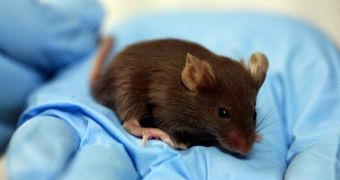Scientists at the Massachusetts Institute of Technology in the US have successfully implanted false memories in the brains of several laboratory mice.
The rodents later responded to these false memories as if they were real. This happened because the neurological traces of the false memories were no different from the ones linked to authentic ones.
As neuroscientist Susumu Tonegawa puts it, “Whether it’s a false or genuine memory, the brain’s neural mechanism underlying the recall of the memory is the same.”
According to the researchers who carried out these experiments, this proves that planting an idea in somebody's mind is not just science fiction. Not anymore, at least.
In order to plant false memories in the brains of mice, the researchers first placed several rodents in a chamber they were unfamiliar with, and allowed them to explore it.
Meanwhile, they labeled the cells encoding newly created memories of this chamber with channelrhodopsin, i.e. a protein documented to activate neurons when exposed to light.
Later, the mice were placed in a second novel chamber, where they were administered a mild shock.
As the mice were being shocked, the scientists used light to switch on the cells encoding memories of the first chamber.
This means that, while being shocked in chamber B, the mice were reliving their memories of being in chamber A.
On the third day, when they were placed back in the first chamber, the rodents showed signs of fear, even if nothing bad had ever happened to them inside this space.
This proves that the mice had false memories of what had happened to them inside chamber A.
“In this study, we believe we have for the first time succeeded in incepting, or implanting a false memory, in the mouse brain,” the researchers say.
This series of experiments is expected to lead to a better understanding of how false memories form in the human brain.

 14 DAY TRIAL //
14 DAY TRIAL //